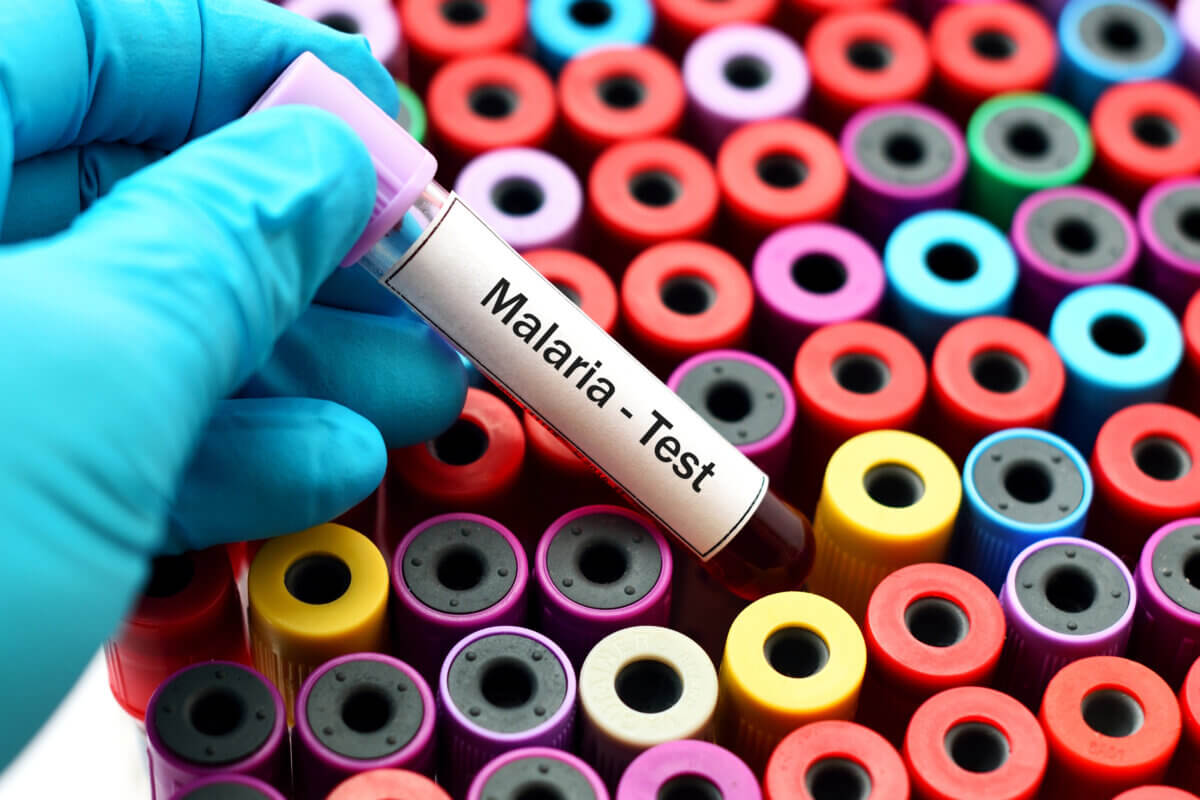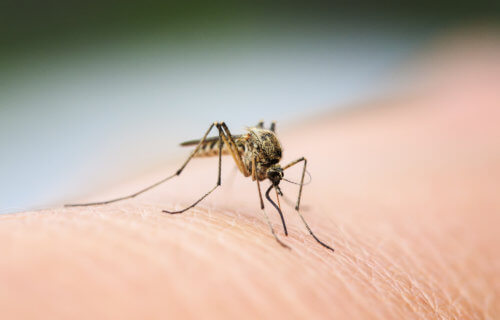ORLANDO, Fla. — With malaria becoming resistant to current drugs, researchers are looking to find new therapies for the disease. In a groundbreaking study funded by a multi-million-dollar grant from the National Institutes of Health, University of Central Florida scientists are teaming up with experts from Stanford University and the University of California San Diego to investigate the potential of cancer drugs in fighting malaria. Their recent findings offer hope for repurposing these life-saving medications to beat mosquito-borne illnesses.
Malaria, a life-threatening disease caused by parasites transmitted through mosquito bites, claims over 600,000 lives each year, with children under five being the most vulnerable. Unfortunately, genetic mutations in the malaria parasite have led to resistance against current drugs, highlighting the urgent need for more effective treatments. Traditionally, the process of discovering new drugs can take years or even decades, but the research team hopes to expedite this process.
“This is called taking a piggyback approach, looking at existing drugs that are already on the market to see if they have anti-malarial properties. This will help to shorten the initial stages of drug discovery which is usually quite time-consuming,” says UCF molecular parasitologist Debopam Chakrabarti, in a university release.
Scroll down to see why it takes so long to create new drugs

Protein kinase inhibitors, originally developed for cancer treatment, have emerged as promising candidates for malaria therapy. These inhibitors target enzymes called protein kinases, which play a crucial role in regulating proteins in the body. Since protein kinases are also important for the malaria parasite’s life cycle, they present viable targets for drug intervention.
As part of the study, researcher Monica Bohmer tested various protein kinase inhibitors known for their anti-cancer properties. She discovered that a specific inhibitor called BI-2536, originally developed as a human Polo-like kinase 1 inhibitor, exhibited strong anti-malarial effects. Although the malaria parasite lacks Polo-like kinases, the inhibitors targeted a different family of proteins called NEK, which regulate cell division and stress-response pathways in the parasite.
While this study sheds light on the potential of repurposing protein kinase inhibitors for malaria treatment, further research is necessary to identify additional targets and optimize the efficacy of these inhibitors.
The study is published in the journal ACS Infectious Diseases.
What steps do new drugs go through to reach patients?
Developing a new drug is a complex and rigorous process that can take up to several years. This process is carefully regulated to ensure the safety and effectiveness of the drug. The process includes the following stages:
Preclinical Testing: This is the initial stage of drug development. It involves laboratory experiments to understand the drug’s effect on cells. This phase includes both in vitro (in the lab, often in petri dishes) and in vivo (in animal models) testing. If the drug shows promising results, it moves to the next phase.
Investigational New Drug Application (IND): In this step, the drug’s developers compile the results from the preclinical testing and submit an IND application to a regulatory agency such as the U.S. Food and Drug Administration (FDA). This application should contain data from the preclinical testing, proposed clinical trial protocols, data about the drug’s manufacturing, and plans for patient safety monitoring. If the application is approved, the drug can move to clinical trials.
Clinical Trials: Clinical trials involve testing the drug in humans and are generally conducted in three phases:
- Phase I: This is the first stage of testing in humans. The primary goal is to evaluate the drug’s safety, determine a safe dosage range, and identify side-effects. This phase often includes a small number of healthy volunteers or patients.
- Phase II: If Phase I is successful, the drug moves to Phase II testing, where the focus is on evaluating the drug’s effectiveness and further assessing its safety. This phase involves more participants who have the condition that the drug is intended to treat.
- Phase III: This phase involves randomized and blind testing in several hundred to several thousand patients. The aim is to confirm the drug’s effectiveness, monitor side-effects, compare it to commonly used treatments, and collect information that will allow the drug to be used safely.
New Drug Application (NDA): If the results from the clinical trials are positive, the drug’s developers can submit an NDA to the FDA (or a similar application to other national regulatory bodies). This application includes full reports of the drug’s testing results, proposed labeling, and information about how it’s manufactured, processed, and packaged.
FDA Review: The FDA then reviews the NDA. If the FDA approves the application, the drug becomes available for physicians to prescribe to patients.
Post-Marketing Surveillance (Phase IV Trials): After a drug is approved, it’s continually monitored for safety in what are known as Phase IV trials. If new side-effects or problems are detected, the FDA can choose to remove the drug from the market or change its usage guidelines.
It’s important to note that many drugs never make it through this entire process. It’s estimated that for every 5,000 to 10,000 compounds that enter preclinical testing, only one is approved for patient use.

